…These 10 Non-Fiction Books
|
 | Alexander Hamilton by Ron Chernow (2004) The remarkable story of how an illegitimate child growing up in the British West Indies ended up as one of the most influential statesmen in American history. |
 | The Beatles by Bob Spitz (2006) Every serious Beatles fan knows that Mark Lewisohn is the ultimate authority on the band. Until his 3-volume history is published (the excellent Volume 1 is already in print), Spitz’s book stands as one of the best musical biographies of the four lads from Liverpool. Some Beatlesologists are critical of the book’s minor factual errors, but the extensive treatment of the Fab Four’s early years is very fine. That famous chance meeting of two boys at the Woolton Village Fete changed the face of popular music. |
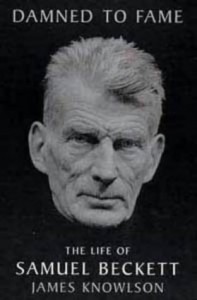 | Damned to Fame by James R. Knowlson (2004) Knowlson traces the life of the playwright and novelist Samuel Beckett, whose poignant and sad characters offered dark comic insights through disconnected, unfinished but often profound thoughts. Without him, there would likely have been no Harold Pinter, no Tom Stoppard, and no David Mamet. “You’re on earth. There’s no cure for that.” |
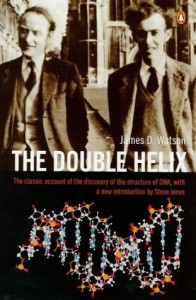 | The Double Helix by James Watson (1968) Who would have thought that the search for the secret of human genetics could be this competitive, fast-paced, and fascinating? In constructing a physical model of DNA, Watson and Crick go up against the towering figure of Linus Pauling while racing against biophysicist Rosalind Franklin. Watson captures the excitement of the scientific detective work that led to their winning the Nobel Prize. |
 | Drinking: A Love Story by Caroline Knapp (1997) An unflinching but inspiring look at a gifted writer’s struggle with alcoholism. There are lots of excellent sober-up memoirs. Augusten Burroughs’ Dry is funnier and more frightening, for instance. But Knapp recounts her own affliction — her functional alcoholism, her denials, her failed resolutions, her dangerous behavior, her disintegration, and her sobriety — with a remarkable combination of detachment and self-compassion. |
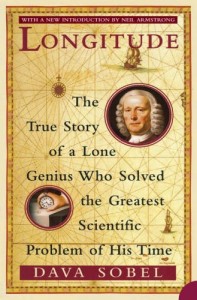 | Longitude by Dava Sobel (1996) The intriguing race to invent a reliable nautical clock. A humble English clockmaker makes successive attempts, each time learning from his previous mistakes, and eventually succeeds despite numerous doubters and detractors who had a vested interest in his failure. A remarkable tale of human ingenuity. |
 | Michelangelo and the Pope’s Ceiling by Ross King (2003) King takes his reader, step by step, through Michelangelo’s painful but ultimately triumphant painting of the Sistine Chapel. Because he was principally a sculptor, Michelangelo had to undergo a good deal of on-the-job training, and although he made his fair share of mistakes — ever notice that “The Flood” is hard to make out from the floor? — he proved to be a gifted frescoist, even mastering the difficult art of foreshortening. Vatican politics, a tyrannical and power-obsessed pope, Michelangelo’s abject poverty, his rivalry with Raphael, and the sheer engineering of the project make the achievement all the more remarkable. |
 | The Republic by Plato (360 B.C.) Not just the greatest work in political philosophy, but a roadmap to a well-lived life. |
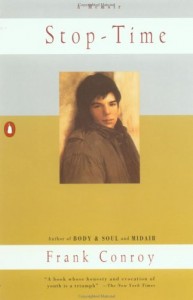 | Stop-Time by Frank Conroy (1967) A touching memoir of Conroy’s youth. It is, by turns, funny and tragic. His description of lonely spans of time spent in remote Florida and the object lesson he was given on the dangers of tobacco use are especially memorable. |
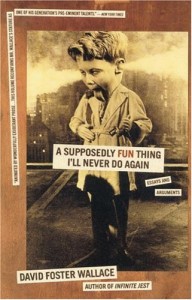 | A Supposedly Fun Thing I’ll Never Do Again by David Foster Wallace (1998) Wallace focuses his unmatched power of observation on, among other things, tennis, the films of David Lynch, and the Illinois State Fair. His essay on luxury cruises — a modern variation on one of my favorite Mark Twain volumes, The Innocents Abroad — is a work of comic genius. |
| |
| …These 10 Fiction Books |
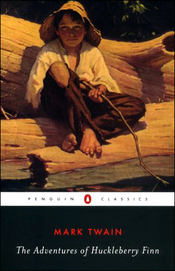 | The Adventures of Huckleberry Finn by Mark Twain (1884) The boyhood adventures of the young renegade are still a pleasure to read. Through the innocent eyes of Huck and with dialogue that begs to be read aloud, Twain demonstrates his uncanny knack for seeing through society’s hypocrisies. |
 | The Beautiful and Damned by F. Scott Fitzgerald (1922) In his most underrated novel, Fitzgerald explores lives lost to decadence, alcohol abuse, and emotional immaturity. |
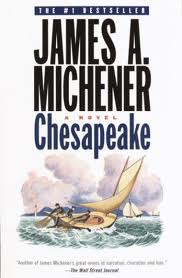 | Chesapeake by James A. Michener (1978) The ability to fictionalize wide swaths of history was Michener’s unique gift. In this novel, he addresses issues of religion, slavery, and industrialization, all set against the backdrop of the great natural beauty of the eastern seaboard of the United States. |
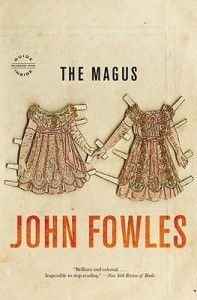 | The Magus by John Fowles (1965) A truly remarkable achievement of psychological intrigue and easily the best novel I’ve ever read. Don’t pick up this book unless you’re prepared to put your life on hold; it is spellbinding, as many a transfixed reader held within Fowles’ grip has discovered. |
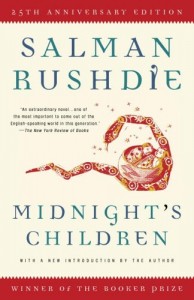 | Midnight’s Children by Salman Rushdie (1980) A kaleidoscopic fairy tale of the mysterious powers possessed by the children born on the day of India’s independence. A memorable, magical accomplishment in story telling. No wonder it was recognized as the best of all Booker Prize winners. |
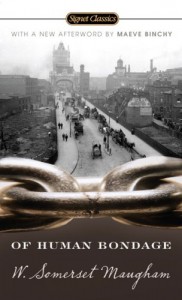 | Of Human Bondage by W. Somerset Maugham (1915) Maugham’s semi-autobiographical masterpiece, it follows the life of Philip Carey who, uncomfortable in his own skin, searches for happiness as he experiences the growing pains of life through a series of adventures that take him from England, to Germany, France, and back again. |
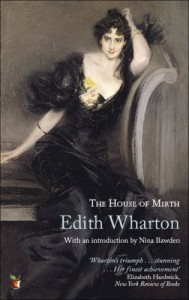 | The House of Mirth by Edith Wharton (1905) The tragic downfall of the daring Lily Bart as she desperately tries to maintain her independence while gaining a foothold in the society of old New York. |
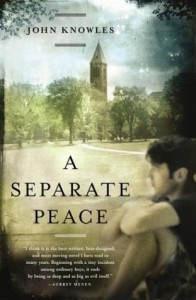 | A Separate Peace by John Knowles (1959) Gene Forrester returns to the prep school of his youth and relives how, during the waning days of boyhood innocence as he and his classmates prepare to enter the fighting forces of World War II, a small incident born of envy takes a catastrophic, life-altering turn. |
 | Small World by David Lodge (1984) Lodge’s best academic novel, where he skewers the vanities of professional conferences. A priceless story. |
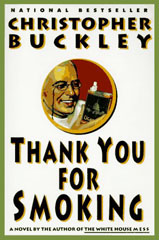 | Thank You for Smoking by Christopher Buckley (1994) Buckley’s ironic take on the world of lobbying follows the misadventures of the tobacco industry’s representative in Washington. |
| |
| …These 10 Recordings |
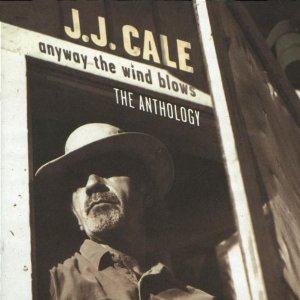 | Anyway the Wind Blows, J.J. Cale (1997) With his stripped-down arrangements and cooly-delivered lyrics, this elusive and understated artist influenced such greats as Eric Clapton (who popularized Cale’s “After Midnight” and “Cocaine” and whose own “Lay Down Sally” epitomizes the Cale sound), Lynyrd Skynyrd (who had a major hit covering his “Call Me the Breeze”), and Mark Knopfler (the Dire Straits frontman, many of whose compositions sound more like Cale than Cale does; hell, Knopfler’s “Six Blade Knife” and Cale’s “River Runs Deep” may even be the same song). |
 | Band on the Run, Paul McCartney and Wings (1973) McCartney at his post-Beatles best — Jet, Bluebird, Picasso’s Last Words, the title track, and of course the iconic album cover. His first solo albums were somewhat uneven, but this record eliminated any doubts about his abilities as an independent singer/songwriter. |
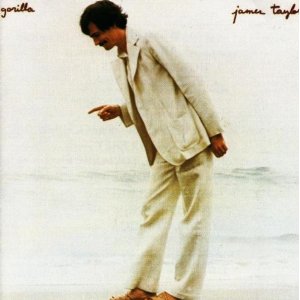 | Gorilla, James Taylor (1975) JT has produced a wealth of memorable music, but none (with the possible exception of Hourglass) compares to this brilliant showcase of his songwriting and musicianship. The over-production that was common in the 1970s is evident in a few tracks, but decades after its release, it remains a testament to his talent. |
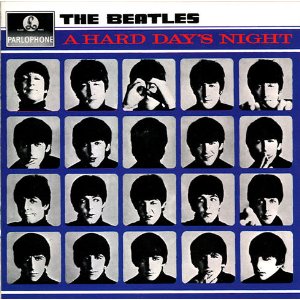 | A Hard Day’s Night, The Beatles (1964) Their first all-original album and the strongest collection of their early work. Taken from one of Ringo’s malapropisms, the title track was written after the movie’s title was selected. Movie producer Walter Shenson told John and Paul that they needed a tune called “A Hard Day’s Night” for the film, and they turned up the next morning with the song. From that famous opening chord — George plays an Fadd9, an F chord with a G added on the high end, while John plays a Dsus4, the standard D chord with a G on the 6th string — you can tell it’s going to be something special. Clannnngggg!…. “It’s been a hard day’s night…” |
 | Nigerian Marketplace, Oscar Peterson Trio (1981) A master of the “stride style,” Peterson built upon the artistry of Fats Waller, Art Tatum, and Willie “The Lion” Smith and became one of the world’s greatest jazz pianists. No album better showcases his musical gifts than this one. Listening to tracks like Au Privave, one cannot but be awed by his talent. |
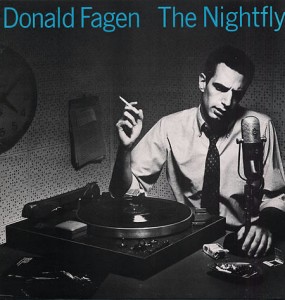 | The Nightfly, Donald Fagen (1982) The voice and musical brains behind Steely Dan soars in his first solo album. Granted, it’s tough to top such masterful works as Aja and The Royal Scam, but this one is note-perfect from start to finish. |
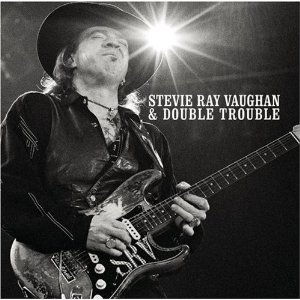 | The Real Deal, Volumes 1 and 2, Stevie Ray Vaughan and Double Trouble (2006) One of the greatest guitarists who ever lived. Although his life was tragically cut short, he left a remarkable catalogue of hard-driving rock house blues. “Walkin’ up the street you can hear the sound / Of some bad honky-tonkers really layin’ it down.” |
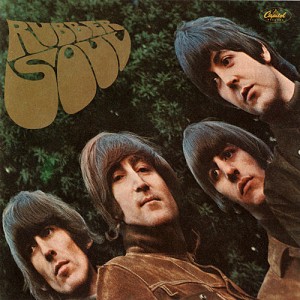 | Rubber Soul, The Beatles (1965) George Martin’s willingness to allow The Beatles to experiment pays enormous dividends here, as they begin to make the transition from popular rock band to true musical innovators. The full evolution of their music would not be apparent until their next album, Revolver, but this record managed to capture both the sound that made The Beatles so popular and the imaginative direction in which they were headed. |
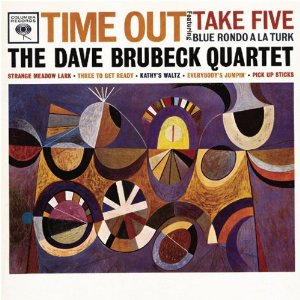 | Time Out, The Dave Brubeck Quartet (1959) This quintessential jazz album was released the same year as Ornette Coleman’s The Shape of Jazz to Come, Miles Davis’ Kind of Blue, and Charles Mingus’ Mingus Ah Um. Any one of them has a credible claim to being among the five greatest jazz recordings of all time, but Brubeck’s is simply a personal favorite. |
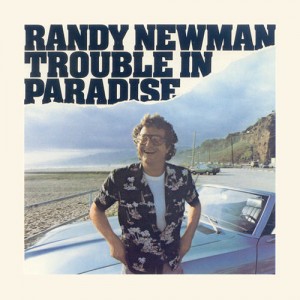 | Trouble in Paradise, Randy Newman (1983) It’s not really fair to pick just one recording by Randy Newman. By the time this album was released, he had already made 12 Songs and Good Old Boys, but Trouble in Paradise was what Rolling Stone called “the apotheosis of Newman’s art.” Here, backed up by such luminaries as Lindsey Buckingham, Don Henley, Rickie Lee Jones, Christine McVie, Linda Ronstadt, Bob Seger, Paul Simon, and Waddy Wachtel, the wittiest man in popular music displays his unique gift for combining irony with catchy melodies. |
| |
| …These 10 Movies |
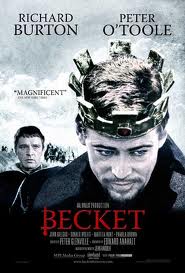 | Becket (1964) Two of film’s greatest actors — Richard Burton and Peter O’Toole — tell the story of Thomas Becket’s break from his king after becoming the Archbishop of Canterbury. |
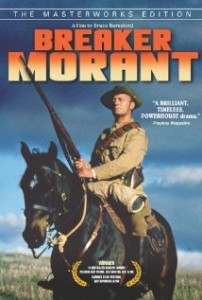 | Breaker Morant (1980) Edward Woodward’s brilliant turn as the gentle poet on trial during the Boer War for carrying out orders that no one will admit to giving. |
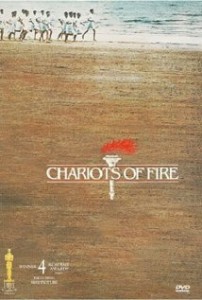 | Chariots of Fire (1981) A classic film deserving of every accolade and award it received. Set in post-World War I England, it follows two Olympians, motivated by different facets of their religious faiths, as they tear up the track. Probably the best film on running ever made. |
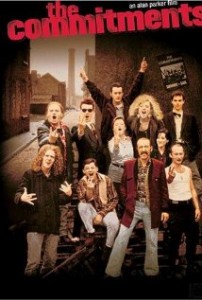 | The Commitments (1991) Starring an unknown cast, the inspiring story of an improbable Irish soul band that, for a brief shining moment, masters the power and pathos of American rhythm and blues. |
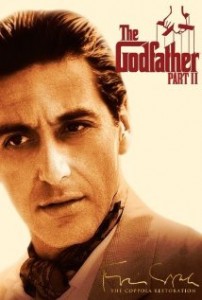 | The Godfather, Part II (1974) It is rare that the sequel is better than the original, but Francis Ford Coppola pulls it off masterfully here. Although they never appear on screen together, Al Pacino and Robert De Niro combine to produce this magnificent mafia epic. |
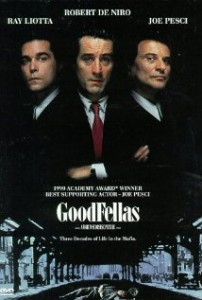 | Goodfellas (1990) Unlike the Godfather films, which tend to romanticize a life in organized crime, Goodfellas shows us that violence is a messy, unpredictable, and ill-considered business. Is there any filmmaker as gifted as Martin Scorsese? |
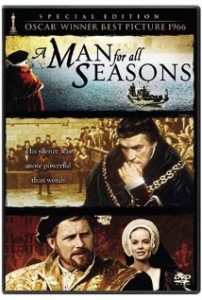 | A Man for All Seasons (1966) The great Paul Scofield stars as Thomas More, struggling between his conscience and loyalty to his king, Henry VIII. One of director Fred Zinnemann’s finest films. |
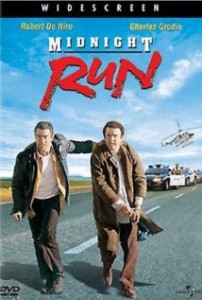 | Midnight Run (1988) Martin Brest’s inspired decision to cast an inflammable Robert De Niro, as a reluctant bounty hunter, alongside a deadpan Charles Grodin, as the mob accountant he is hired to capture and take cross-country, produced one of the funniest buddy movies ever made. |
 | Pride and Prejudice (A&E Version) (1996) This painstaking adaptation of Jane Austen’s classic novel tells the story of the independent-minded Miss Elizabeth Bennett and her reluctant love for the proud Mr. Darcy. Jennifer Ehle and Colin Firth are brilliant. |
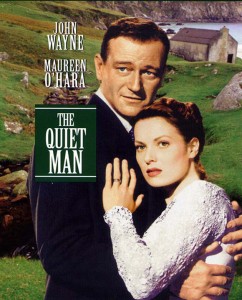 | The Quiet Man (1952) John Ford’s picture postcard of pastoral Ireland. John Wayne, in the title role, abandons his life as a boxer in America to return to his native country, where he woos one of the most captivating women ever to walk the earth, the incomparable Maureen O’Hara. (Photos of a few filming locations in Cong, Ireland, can be found here.) |
| |







































